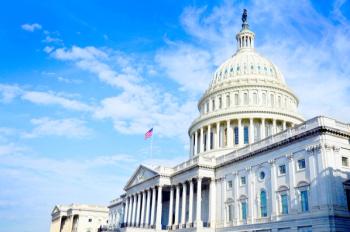
FDA Clears Pathway for Off-Label Economic Communications
FDA has finalized a more flexible policy for how biopharma companies may discuss payments, outcomes and healthcare economic data with payers, formulary committees and other audiences with expertise in drug prescribing and coverage.
After years of debate and discussion, FDA has finalized a more flexible policy for how biopharmaceutical companies may discuss payments, outcomes and healthcare economic data with payers, formulary committees and other audiences with expertise in drug prescribing and coverage. By clarifying a safe harbor for such communications, the policy is expected to encourage sponsors to conduct more studies that assess economic benefits of treatments, such as gains in quality-adjusted life years (QALYs) and reduced hospital stays and other procedures.
The broader expectation is that such studies and communications will provide data that support efforts by marketers to propose and alternative, value-based contracts and reimbursement strategies, with payments based on expected outcomes and health improvements.
The
FDA further extends the policy to manufacturers of both drugs and medical devices and permits providing information to payers on unapproved products and unapproved uses of cleared products to support coverage decisions related to new therapies and to additional new uses. The broader aim is to help “sophisticated parties” with expertise in evaluating such data to assess value-based contracts and innovative reimbursement strategies.
Off-label, but “consistent”
FDA does not intend for sponsors to use such unlabeled findings as the basis for establishing new, authorized uses, but some additional information, such as adherence data, may support future label changes. And it extends this communications policy to medical devices. The guidance aims to clarify what evidence is needed to support unlabeled claims, while avoiding language that overstates findings.
The guidances represent final versions of draft advisories published in January 2017, just before the start of the Trump administration, setting the stage for FDA to move quickly to provide industry with more flexibility in presenting healthcare economic data prior to market approval. The broader aim, says Gottlieb, is to support more competitive contracting in pharmaceutical markets through disclosure of data and outcomes most important to patients. This approach should facilitate coverage decisions more quickly following approval, which may help shape “pricing structures that benefit patients as well as health plans.”
Newsletter
Lead with insight with the Pharmaceutical Executive newsletter, featuring strategic analysis, leadership trends, and market intelligence for biopharma decision-makers.




